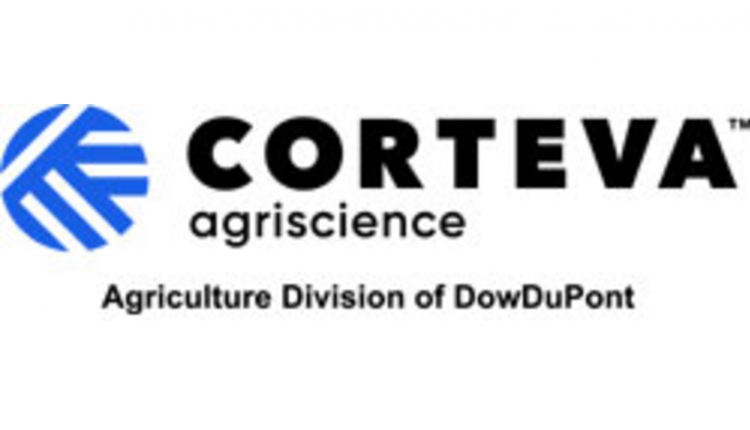
“Weeds are opportunistic and quickly appear with moisture,” says Pat Burch, field scientist with Corteva Agriscience™, Agriculture Division of DowDuPont. “Change happens fast. The voids left by declining grass from drought and grazing pressure are prime spots for invasion.”
To assess the current condition of your pastures, Burch suggests asking these questions:
- What were weed infestations like before the drought? Drought stresses all plants but weeds often become more opportunistic and competitive. When rainfall returns, weeds are in better shape to respond, giving them a significant advantage over grasses.
- What are fertility levels? Fall soil sampling gives you time to plan your fertility program and an opportunity to make necessary adjustments. Fall often is an ideal window to apply nitrogen to cool-season grasses.
- Do you know your grazable acres? Grazable acres are the number of acres with healthy, available grass minus acres where weeds, brush or other obstacles prohibit livestock grazing. Effective weed and/or brush control can increase carrying capacity.
- What is the condition of grasses? Inspect rangeland and pastures closely to determine health and forage availability. If drought or grazing stress has thinned stands, focus on reestablishment to reduce bare ground before weeds have an opportunity to fill the voids.

“It is important to be aggressive against weeds now to reduce competition for moisture and nutrients,” Burch says. “Grasses respond to weed control and put on growth for later availability. Without weed control during periods of moisture relief, such as late summer or fall, weeds capture the site and put even more pressure on the grass base that was struggling through the dry period.”
Burch recommends a product with residual control, such as GrazonNext® HL herbicide, for fall treatments. GrazonNext HL controls biennial weeds, such as musk, bull and plumeless thistle and knapweeds, perennial Canada thistle and other weeds, including winter annuals. If wild carrot is in the weed mix, he recommends Chaparral™ herbicide for broader control.
“Products with soil residual control help prevent reinfestations,” says Scott Flynn, field scientist, Corteva Agriscience. “This extended control will help stop weeds into next spring, preserving moisture and allowing grasses to get a head start on the weeds.”
Grazing strategies
Grazing management is just as important after drought as it is during moisture stress. It is important to manage the stocking rate. Don’t rush to restock. Overgrazing during this recovery phase will cause additional harm and hinder recovery.
“Reduced grazing pressure and weed control work together during drought recovery,” Flynn says. “There’s no way you can separate the two. With a strategic plan to manage weeds and stocking rates, you can feel confident you’re doing the best job possible to help your grazing acres return to full productivity.”
About Corteva Agriscience™, Agriculture Division of DowDuPont

Follow Corteva Agriscience™, Agriculture Division of DowDuPont, on Facebook, Instagram, LinkedIn, Twitter and YouTube.

